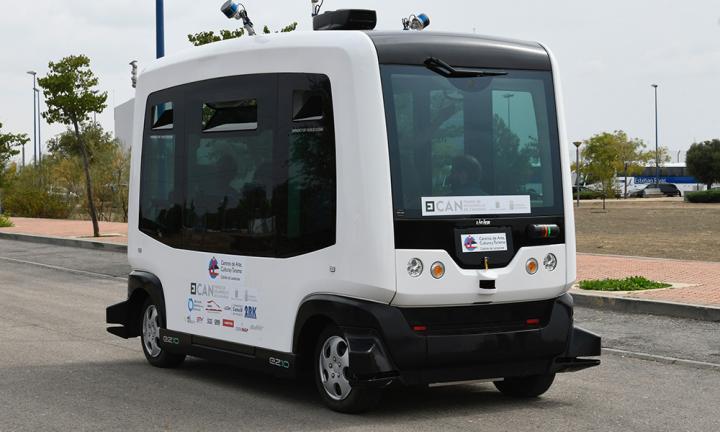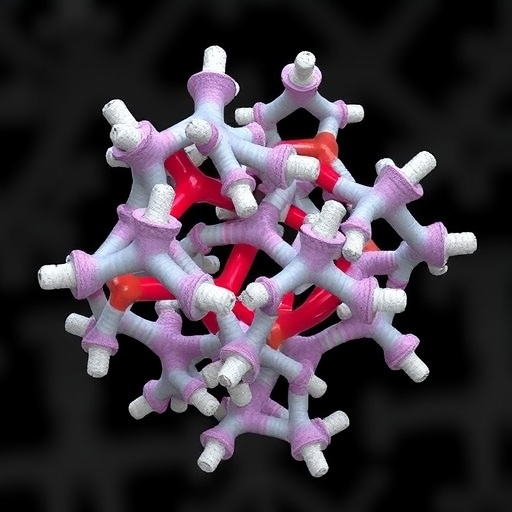
Credit: UC3M
The Universidad Carlos III de Madrid (UC3M) leads CITIES Timanfaya, a sustainable mobility project that has developed the first completely autonomous electric vehicle to replace the combustion vehicles that currently tour the Route of the Volcanoes in the Timanfaya National Park. This initiative is promoted by the Centers for Art, Culture and Tourism of the Cabildo de Lanzarote, funded by the Canary Islands Development Fund and coordinated by the Spanish Road Association and 2RK.
https:/
The minibus has the highest level of autonomy, a level 5, which is awarded for the absence of a driver: it does not have a driving position or people in control of its movement. “Compared to existing projects, such as Uber or Google cars that travel around California, our differential is exactly that, everything being tested on an international level is a level 4 and there is always a driver behind some controls who can take over at any time during a risky situation. We will not have this possibility as our vehicle is one hundred percent autonomous”, points out José Luis San Román, a professor in the UC3M’s Mechanical Engineering Department.
This has been achieved thanks to the development of systems of artificial intelligence and perception which have been incorporated into the vehicle. They were worked on by a multidisciplinary group from the University’s departments of Computer Science and Engineering, Mechanical Engineering and Systems Engineering and Automation under the management of the “Duque de Santomauro” Institute of Motor Vehicle Safety. “One of the main technological challenges we have faced in this project is that it travels around a mountain, which is an unstructured element and causes problems regarding the localisation of the vehicle itself.
Other problems have occurred with the perception and the control the bus has, since practically the whole environment is dark. There are some steep gradients there and we need to be completely sure that the vehicle is capable of climbing and descending them without any problems”, states Pablo Marín, a researcher of the Institute of Motor Vehicle Safety at the UC3M.
On an environmental level it eliminates local emissions, being designed on an electric platform. But also, the systems of artificial intelligence and perception allow the optimisation of consumption in movement. “That is to say, an electric vehicle with a driver wouldn’t be as efficient as our system will be, as it relies on predictive navigation adapted in every moment to the circumstances we find along the route”, explains San Román.
The project is currently in the technical demonstration phase and will begin to run in May 2020. “We are working towards the standardisation of autonomous vehicles, that provides timely certification that vehicles with this type of automation can travel on Spain’s motorways without issues and with the highest level of security”, points out Javier García Guzmán, researcher and lecturer in the Department of Computer Science and Engineering of the UC3M.
Future lines of research follow its implantation in other natural environments focused on tourism, such as the Segóbriga Archaeological Park, and the development of methods that serve as a base for the standardisation of autonomous vehicles.
CITIES Timanfaya (reference code: 2018/00543/001) is being developed within the framework of the “Smart Islands” project, which has the aim of making local tourism more sustainable. Alongside the UC3M, the Spanish Road Association and 2RK, the following companies are participating in the project: Albufuera Energy Storage, Cesvimap, GMV, SGS-GMR, Mapfre and VTI.
The prototype has recently been unveiled in the UC3M’s Science Park on the occasion of the European Mobility Week during the day of “Mobility trends in Smart Cities”, organised by the University in collaboration with Legánes Town Hall.
###
Media Contact
Javier Alonso
[email protected]
Original Source
https:/




